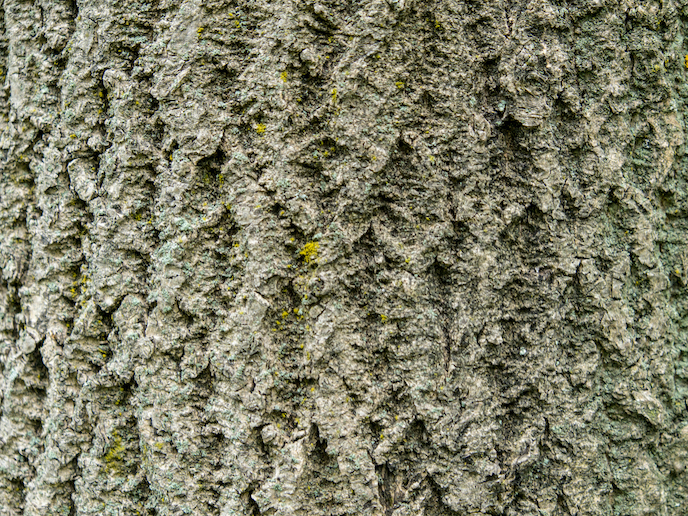Bioengineered ‘self-healing’ for sustainable building and smart heritage preservation
Over time, weathering and everyday stresses cause damage and deterioration to the geological materials used in building construction. This can compromise the structural integrity and safety of buildings, as well as reduce their aesthetic appeal. Regular maintenance mostly involves the application of surface coatings, which can limit the ability of the material to breathe, reducing its long-term performance. These are also often limited to specific materials. The EU-supported GEOHEAL project explored the potential for some materials to automatically instigate a healing process that restores, or even enhances, desirable structural or aesthetic properties. Taking inspiration from research into bacterial mineralisation of calcite in cement, GEOHEAL demonstrated mineralisation in different rock types. “Our technique enhances the treated material’s durability without appearing to compromise the materials’ ‘breathability’ in the same way as some chemical treatments,” says project coordinator Mike Harbottle from Cardiff University, the project host. The work has already generated media attention through BBC Wales, Forbes, The Engineer and New Civil Engineer among others. Additionally, it has afforded opportunities for participation at policymaking events for innovation in Wales (HEFCW) and communication activities like the European Researchers’ Night.
Influencing structural behaviour of the porous building materials
There are several self-healing technologies for materials currently being researched. “We used microbiological mineralisation, a natural process which lends itself well to being applied to the surface of new or old masonry,” explains Harbottle. The GEOHEAL team worked with natural materials, principally limestone and sandstone, common in both new and heritage construction. Crucially, being porous they can also support a range of active microorganisms. The team used a bacterium called Sporosarcina ureae which, as well as producing protective calcium carbonate (calcite), survives harsh conditions and long periods of time as a spore. The bacteria remain dormant as spores until triggered to produce calcite which blends with limestone and glues together the sand grains in sandstone. The triggering mechanism can be as simple as supplying their food at the right time. The treatment could be applied using sprays, brushes or combined with capsules embedded in the pores which break when the stone is damaged. The bacteria’s ability to change the microstructure of materials exposed to weathering was demonstrated on masonry specimens sampled from Tintern Abbey in Monmouthshire, Wales, United Kingdom (UK). The biological treatments did not damage the structure, or compromise it aesthetically. For example, the team found no colour alterations detectable by the human eye. “In these lab tests, we also found evidence of cyclic healing, where the system can survive harsh weathering conditions and reactivate when triggered,” adds Magdalini Theodoridou, who undertook the research with the support of the Marie Skłodowska-Curie Actions programme.
The sustainable use of materials
GEOHEAL offers a more environmentally friendly approach to construction and preservation. It could not only reduce the burden of constant maintenance, but by enabling the reuse of existing properties also reduce the need for new construction. Furthermore, there is evidence that it could be used to repair buildings damaged by ballistics in conflict zones. While there are successful pilots of these technologies at the developmental stage, there hasn’t yet been widespread application. But as the research fellow is now at the UK’s www.bbe.ac.uk (Hub for Biotechnology in the Built Environment (HBBE)), and involved in the related projects – RM4L and the EU-funded SMARTINCS – the team continue to work towards real-life applications. As well as discussions with the construction industry, the team have had interest from organisations such as Cadw (Historic Environment body of Wales) and Highways England.
Keywords
GEOHEAL, geological materials, building, construction, weathering, bacterial mineralisation, calcite, cement, heritage, bacterium, sandstone, limestone

